GLASS ROOFING SINGAPORE
Glass Roofing in Singapore: A Modern Solution for Stylish and Sustainable Homes
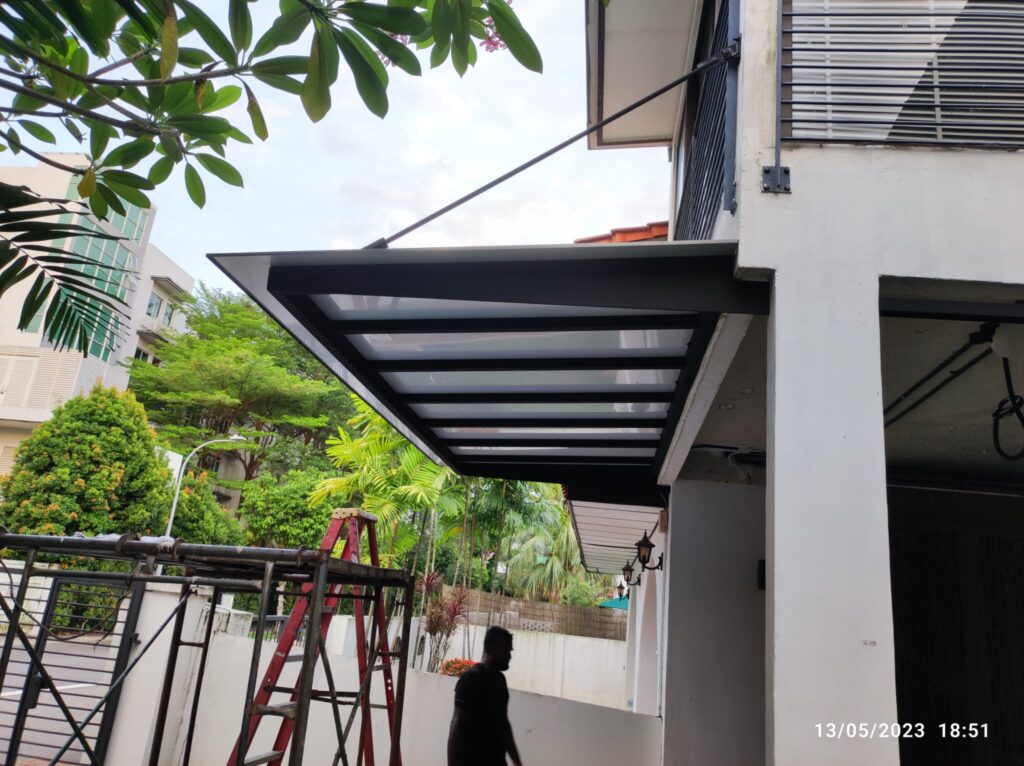
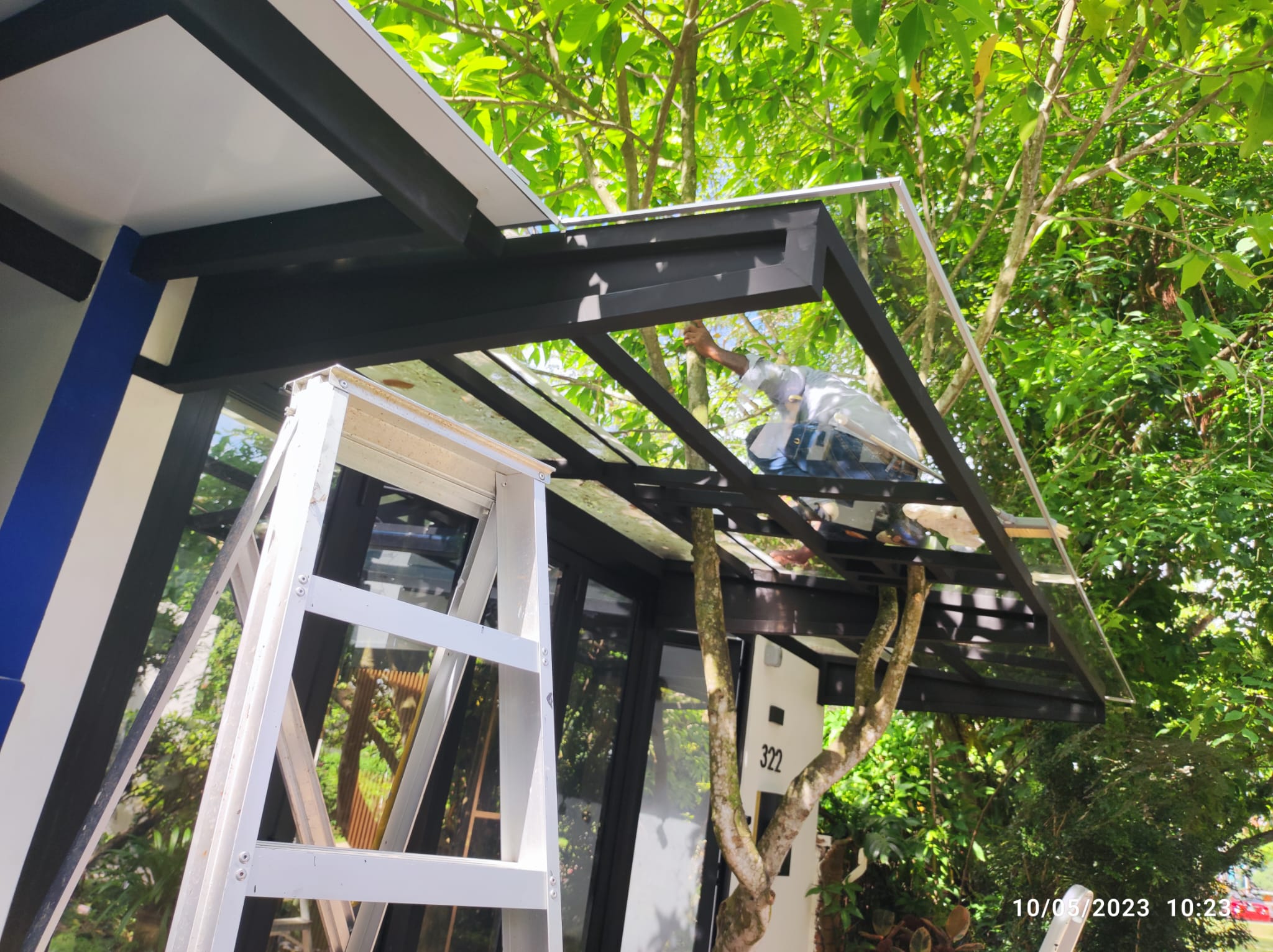

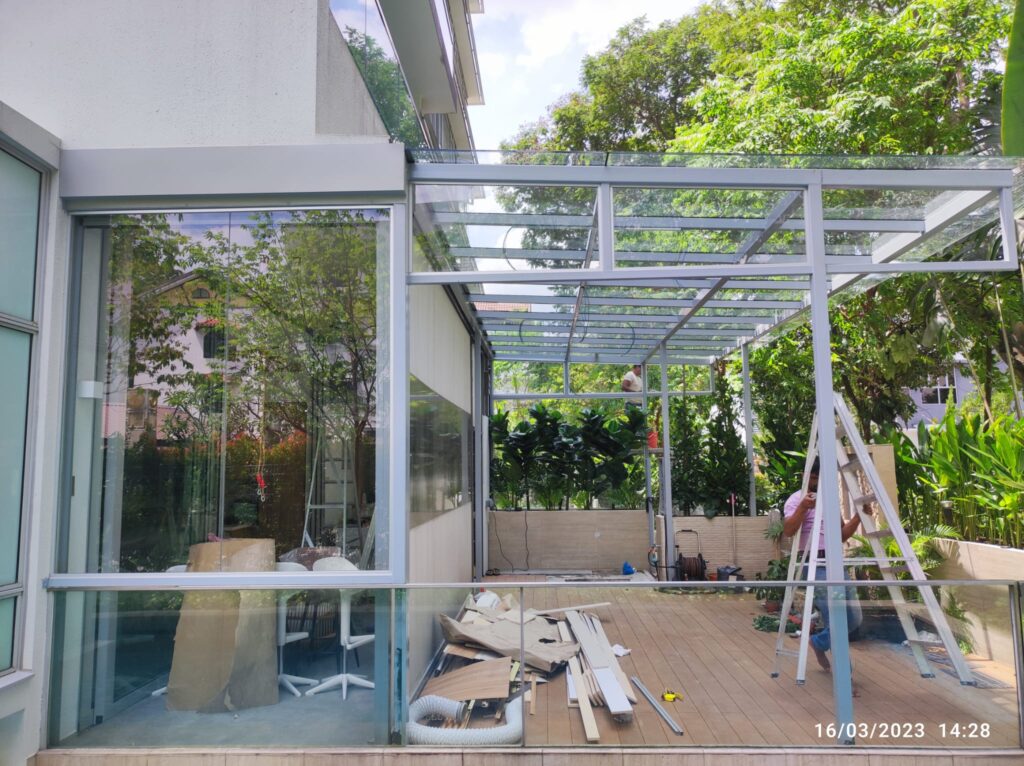

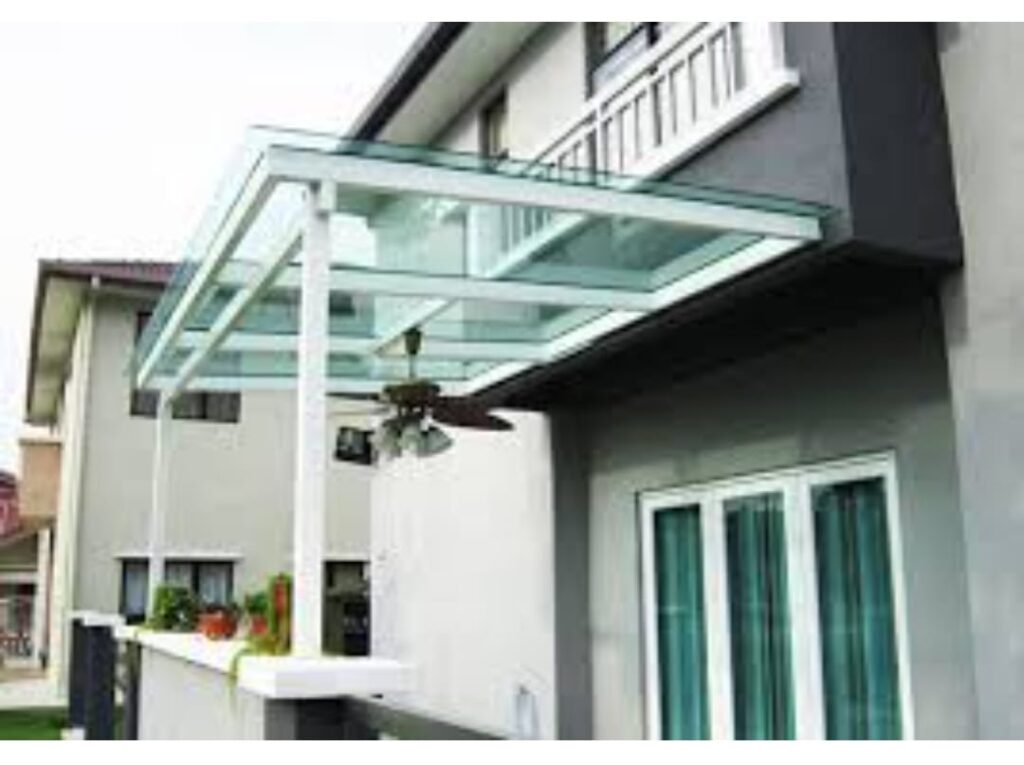
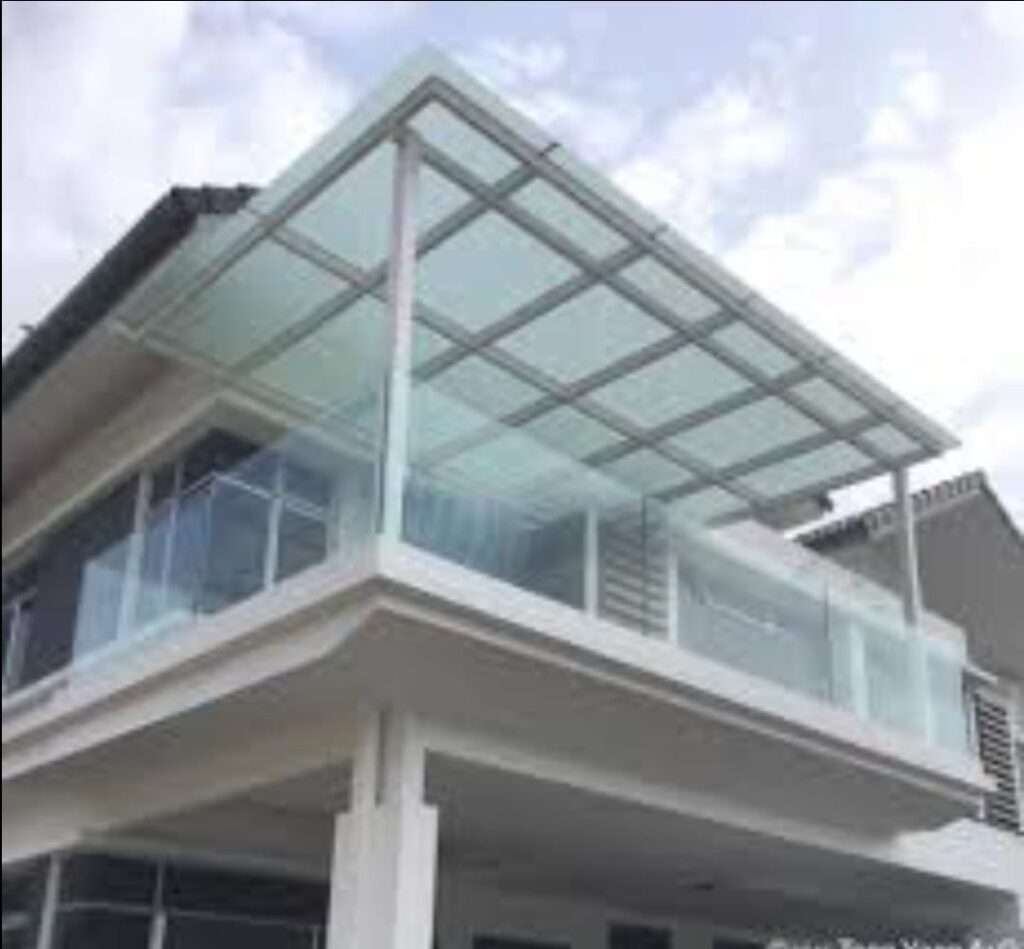
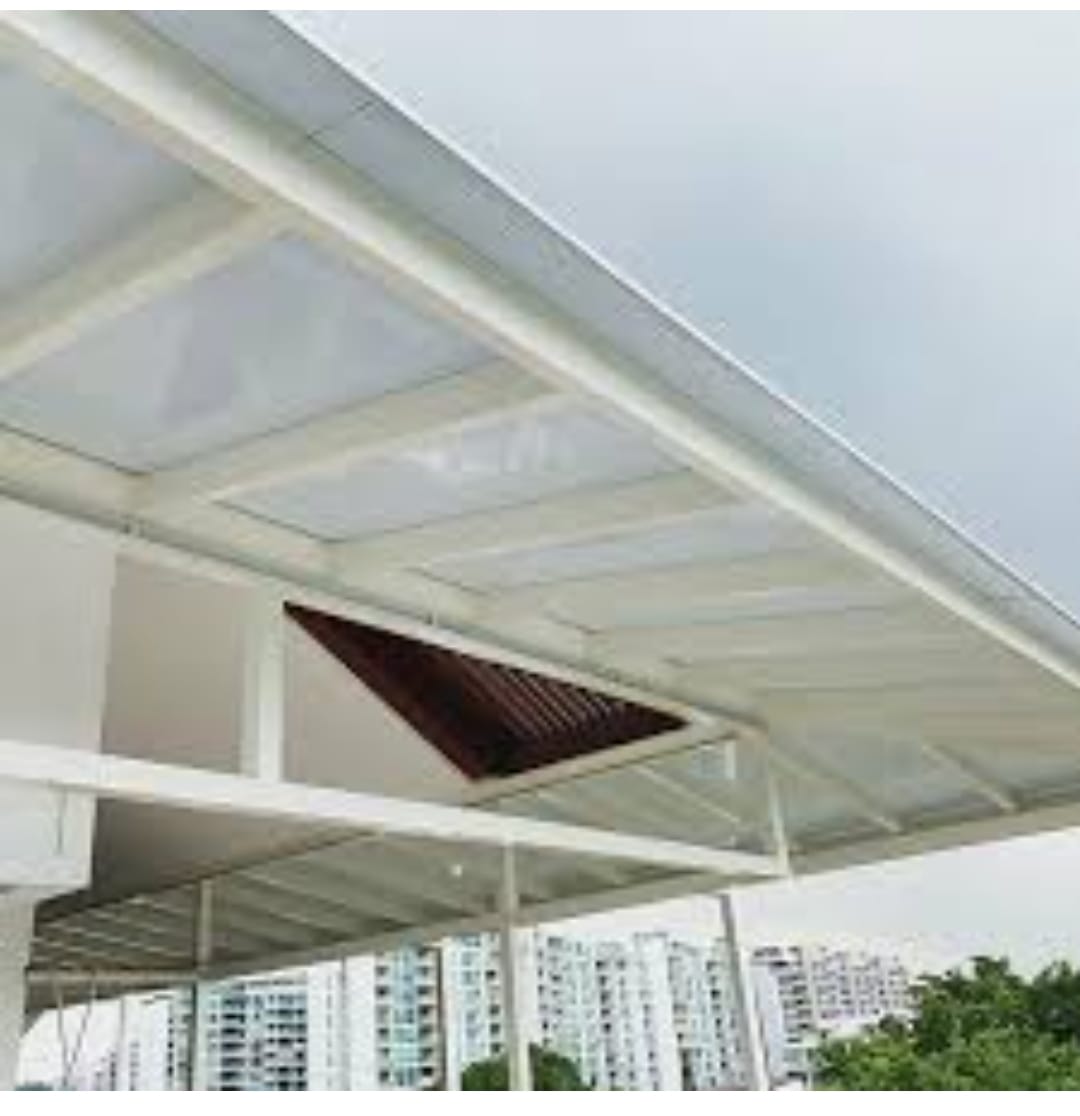
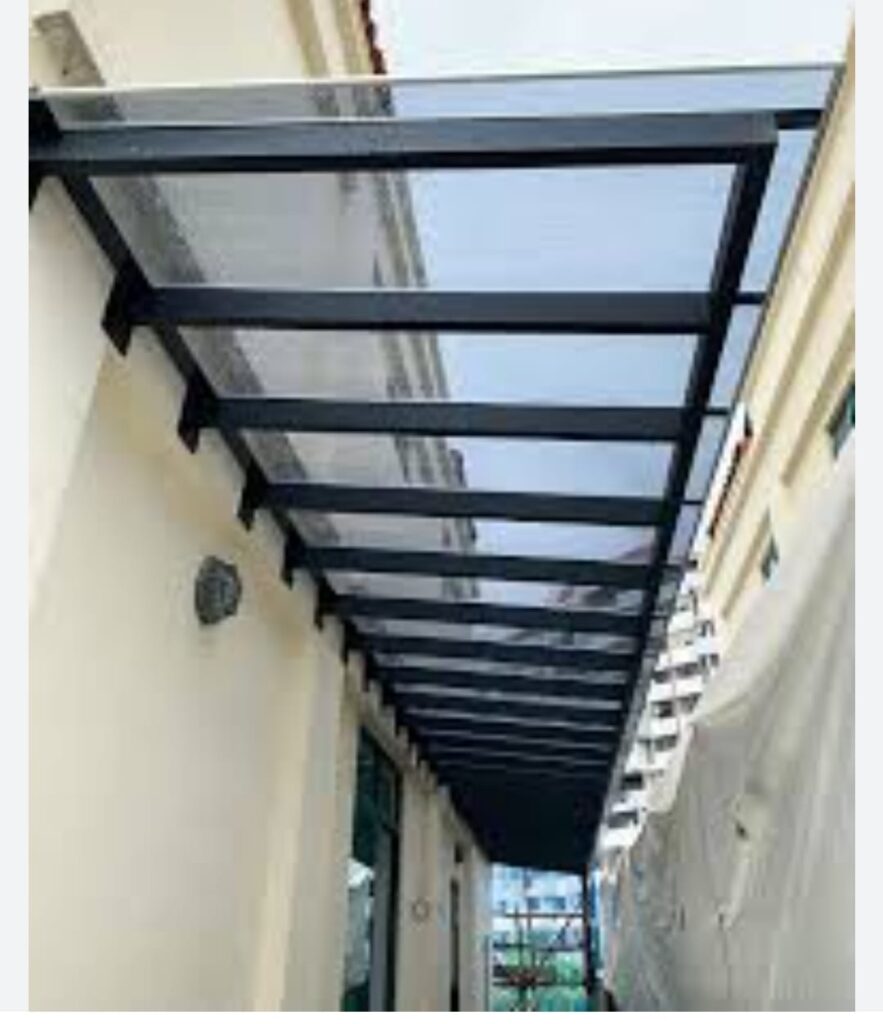
Glass roofing has become a popular choice for modern architecture in Singapore. It is a sleek and stylish way to bring natural light into a building while providing protection from the elements. Glass roofs are commonly used in commercial buildings, such as shopping malls and hotels, but they are also becoming more prevalent in residential properties.
One of the main benefits of glass roofing is its ability to create a visually stunning space. The transparency of the glass allows for unobstructed views of the sky and surrounding environment, which can add to the overall aesthetic of a building. Additionally, glass roofing can provide a sense of spaciousness and openness, making a room feel larger and more inviting.
However, there are also practical benefits to glass roofing. The natural light that enters through the glass can reduce the need for artificial lighting, which can save energy and lower electricity bills. Additionally, the use of tempered or laminated glass can provide protection from UV rays and reduce noise pollution. Overall, glass roofing is a versatile and functional choice for modern architecture in Singapore.
Benefits of Glass Roofing
Glass roofing has become a popular choice for many homeowners and businesses in Singapore. Here are some of the benefits of using glass roofing:
- Natural Lighting
One of the main advantages of glass roofing is the natural lighting it provides. Glass allows sunlight to pass through, which can help to reduce the need for artificial lighting during the day. This can lead to significant energy savings, as well as a more comfortable and inviting environment. - Aesthetics and Design
Glass roofing can add a touch of elegance and modernity to any building. It can be used to create a sleek and stylish look, or to complement existing architectural features. Glass roofing is also available in a variety of styles and colors, making it easy to find a design that suits your needs. - Energy Efficiency
Glass roofing can help to reduce energy consumption by providing natural insulation. It can help to keep the interior of a building cool in the summer and warm in the winter, reducing the need for air conditioning and heating. This can lead to significant energy savings over time.
- Natural Lighting
Overall, glass roofing is a practical and attractive option for those looking to enhance the aesthetics and functionality of their building. With its natural lighting, sleek design, and energy efficiency, it is a smart choice for any property owner in Singapore.
Materials and Types of Glass Roofing
Tempered Glass
Tempered glass is a popular choice for glass roofing in Singapore due to its strength and durability. It is made by heating the glass to a high temperature and then rapidly cooling it, which creates a stronger surface. This type of glass is resistant to impact, scratches, and extreme temperatures. It is also less likely to break into sharp pieces, making it a safer option for roofing.
Laminated Glass
Laminated glass is another common type of glass used for roofing in Singapore. It is made by sandwiching a layer of polyvinyl butyral (PVB) between two or more sheets of glass. This process creates a strong and durable material that is resistant to impact and UV rays. Laminated glass is also known for its soundproofing abilities, making it a great choice for noise reduction in areas with heavy traffic or construction.
Tinted and Coated Glass
Tinted and coated glass are types of glass that have been treated with a special film or coating to reduce the amount of heat and UV rays that enter the building. This type of glass is commonly used in Singapore to reduce the amount of heat and glare from the sun, which can help to lower energy costs. Tinted and coated glass can also enhance the appearance of a building by giving it a sleek and modern look.
In summary, tempered glass, laminated glass, and tinted and coated glass are the most popular types of glass used for roofing in Singapore. Each type has its own unique benefits and features, making it important to choose the right type of glass for your specific needs.
Structural Considerations
When considering glass roofing for a building in Singapore, there are several important structural considerations to keep in mind. These include load bearing capacity, weather resistance, and safety and security.
Load Bearing Capacity
Glass roofing systems must be able to support the weight of the glass itself as well as any additional weight, such as snow or wind loads. It is important to ensure that the supporting structure is designed to handle the weight of the glass and any potential loads. This can be achieved through the use of high-strength materials such as steel or reinforced concrete.
Weather Resistance
Singapore’s tropical climate brings with it heavy rain, strong winds, and intense sunlight. Glass roofing systems must be able to withstand these weather conditions without compromising their structural integrity or performance. The glass used in the roofing system must be able to resist thermal stress and UV radiation, and the supporting structure must be designed to withstand wind loads and heavy rain.
Safety and Security
Safety and security are also important considerations when it comes to glass roofing systems. The glass used in the roofing system must be tempered or laminated to prevent shattering and reduce the risk of injury in the event of breakage. The supporting structure must also be designed to prevent unauthorized access and ensure the safety of building occupants.
Overall, glass roofing systems can provide a sleek and modern look to a building in Singapore, but it is important to carefully consider the structural requirements and ensure that the system is designed to meet them.
Installation Process
Site Assessment
Before the installation process begins, a thorough site assessment is conducted to determine the feasibility of glass roofing for the particular location. The assessment takes into account factors such as the building structure, the surrounding environment, and the intended use of the space. This ensures that the glass roofing is installed in a safe and effective manner.
Custom Design
Once the site assessment is completed, a custom design is created for the glass roofing. The design takes into account the specific requirements of the location, such as the size and shape of the area to be covered, as well as any aesthetic considerations. The design is then reviewed and approved by the client before the installation process begins.
Professional Installation
The installation process is carried out by a team of experienced professionals who are trained in the installation of glass roofing systems. The team follows strict safety protocols to ensure that the installation is carried out safely and efficiently. The installation process includes the preparation of the site, the installation of the glass panels, and the sealing and finishing of the system.
Throughout the installation process, the team works closely with the client to ensure that their needs and expectations are met. The team also provides ongoing support and maintenance services to ensure that the glass roofing system continues to perform at its best.
Regulations and Standards
Building Codes
Glass roofing in Singapore is subject to a range of building codes and regulations. The Building and Construction Authority (BCA) is responsible for ensuring that all buildings in Singapore meet the necessary standards for safety, health, and environmental sustainability.
One of the key regulations that applies to glass roofing is the Building Control Act. This act sets out the requirements for building construction and maintenance, including the use of materials such as glass. The BCA also provides guidelines for the design and installation of glass structures, including roofing.
In addition to the Building Control Act, there are also a number of other regulations that apply to glass roofing in Singapore. These include the Fire Safety Act, which sets out requirements for fire safety in buildings, and the Environmental Public Health Act, which regulates the use of materials that can affect public health.
Safety Standards
Safety is a key concern when it comes to glass roofing, and there are a number of safety standards that apply to the design and installation of these structures. The BCA provides guidelines for the use of laminated glass in roofing, which is designed to prevent shattering and reduce the risk of injury in the event of breakage.
Other safety standards that apply to glass roofing in Singapore include the Singapore Standard for Glass in Buildings, which sets out requirements for the strength and durability of glass used in construction, and the Code of Practice for Structural Use of Glass, which provides guidance on the design and installation of glass structures.
Overall, the regulations and standards that apply to glass roofing in Singapore are designed to ensure that these structures are safe, durable, and environmentally sustainable. By following these guidelines, builders and designers can create glass roofs that are both functional and visually stunning.
Maintenance and Upkeep
Cleaning and Care
Glass roofing is a beautiful addition to any building, but it requires proper maintenance to keep it looking its best. Regular cleaning is necessary to prevent dirt and debris from building up on the surface of the glass. It is recommended to clean the glass roof at least once a year.
To clean the glass roof, use a soft-bristled brush or a sponge to remove any loose dirt or debris. Then, use a mixture of warm water and mild soap to clean the glass. Avoid using any abrasive cleaners or tools that could scratch or damage the glass. Rinse the glass thoroughly with clean water and dry it with a soft, clean cloth.
Inspection and Repairs
Regular inspections are essential to ensure that the glass roof is in good condition. Inspect the glass roof for any signs of damage, such as cracks, chips, or scratches. If you notice any damage, it is essential to have it repaired as soon as possible to prevent further damage.
Repairing a glass roof should only be done by a professional. Attempting to repair it yourself could result in further damage or injury. A professional glass repair company can assess the damage and determine the best course of action. They may need to replace the damaged glass or repair it with a resin-based filler.
In conclusion, glass roofing is a beautiful addition to any building, but it requires proper maintenance to keep it looking its best. Regular cleaning and inspections are essential to ensure that the glass roof is in good condition. If you notice any damage, it is essential to have it repaired by a professional as soon as possible.
Cost Analysis
Initial Investment
Glass roofing is a premium roofing solution that comes with a higher upfront cost than traditional roofing materials. The initial investment for glass roofing in Singapore can vary depending on the size of the area to be covered, the type of glass used, and the complexity of the installation process.
On average, the cost of glass roofing installation in Singapore can range from SGD 150 to SGD 250 per square foot. However, it is important to note that the initial investment can be offset by the long-term savings that glass roofing provides.
Long-Term Savings
While glass roofing may come with a higher initial investment, it provides significant long-term savings. Glass roofing is highly durable and requires minimal maintenance, which means that it can last for decades without needing to be replaced.
Additionally, glass roofing is an energy-efficient solution that can help reduce energy consumption and costs. Glass roofing allows natural light to enter the building, reducing the need for artificial lighting during the day. It also provides excellent insulation, helping to keep the building cool in hot weather and warm in cold weather.
Overall, while the initial investment for glass roofing may be higher, the long-term savings in terms of durability, minimal maintenance, and energy efficiency make it a cost-effective solution for many building owners in Singapore.
Case Studies
Residential Projects
Glass roofing has become increasingly popular in Singapore for residential projects due to its ability to provide natural light and a modern aesthetic. One notable example is the glass roof installation at a private residence in Bukit Timah. The glass roof covers the entire living room and dining area, creating a bright and spacious atmosphere. The glass panels are made of tempered glass and are supported by a steel frame, ensuring durability and safety.
Another residential project that showcases the benefits of glass roofing is a penthouse in Orchard. The glass roof covers the outdoor terrace, allowing for unobstructed views of the city skyline while providing shelter from the elements. The glass panels are tinted to reduce heat and glare, making the outdoor space more comfortable even on hot days.
Commercial Projects
Glass roofing is also a popular choice for commercial projects in Singapore. One example is the glass canopy at the entrance of Marina Bay Sands. The canopy is made of laminated glass and supported by steel cables, providing a striking entrance to the iconic building. The glass canopy also serves a practical purpose by sheltering visitors from the elements.
Another commercial project that showcases the versatility of glass roofing is the glass roof at the Jewel Changi Airport. The roof is made of glass and steel and covers the indoor garden and waterfall. The glass panels are designed to allow natural light to filter through while keeping the indoor space cool and comfortable. The glass roof has become a popular attraction for visitors to the airport, showcasing the beauty and functionality of glass roofing in a public
Future Trends in Glass Roofing
Technological Advancements
With the rapid advancement of technology, glass roofing in Singapore is set to undergo significant changes in the near future. One of the most notable advancements is the use of smart glass technology. Smart glass can change its properties in response to external stimuli, such as light or heat. This technology can be used to control the amount of light and heat that enters a building, reducing energy consumption and improving comfort levels.
Another technological advancement is the use of self-cleaning glass. This type of glass has a special coating that helps to break down dirt and grime, making it easier to clean and maintain. This technology is particularly useful in Singapore, where the high humidity and rainfall can lead to the accumulation of dirt and grime on glass surfaces.
Sustainable Practices
Sustainability is a key concern for many businesses and individuals in Singapore, and glass roofing is no exception. One of the most promising developments in sustainable glass roofing is the use of photovoltaic glass. This type of glass has solar cells embedded within it, allowing it to generate electricity from sunlight. This technology can be used to power the building or to feed excess energy back into the grid.
Another sustainable practice is the use of recycled glass in the production of glass roofing. Recycled glass can be used to create new glass products, reducing the need for raw materials and the energy required to produce them. This practice also helps to reduce the amount of waste that ends up in landfills, making it a more environmentally friendly option.
In conclusion, glass roofing in Singapore is set to undergo significant changes in the near future, with technological advancements and sustainable practices leading the way. These developments are expected to improve the energy efficiency, comfort, and sustainability of glass roofing, making it an increasingly popular choice for businesses and individuals alike.
